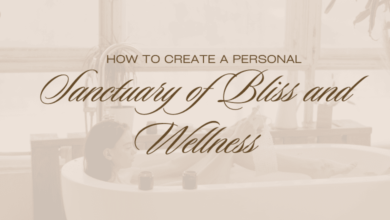A Guide to Setting Up the Perfect Photo
When it comes to photography there is such a lot of info out there, particularly technical info, that is designed to help you when it comes to setting up the perfect photograph. It can be intimidating seeing all of the technical jargon and trying to wade through it in order to hopefully get the perfect shot. Furthermore, whilst it may in the long run help you to achieve some truly fantastic results, there are fortunately a few simple things that you can try that are much quicker and will hopefully result in the perfect photo.
Of course, one thing that you can always do is ask other photographers how they are achieving photographs that you really admire. You can do this on free photo sharing platforms by commenting on their photos, as most photographers are happy to share their knowledge. In the meantime here are some tips for setting up the perfect photo.
6 Pro Tips for Setting Up the Perfect Photo
1. Make sure your subject is priority
If there is more than one subject in your photograph, then make a decision on which one is the main one and try to prioritise it. For example, is the landscape the focus of your image or a person in the foreground? If it’s the landscape, ensure the person isn’t in the way of anything important – moving them left or right can be a good option. If however it is the person, make sure they are close enough to see properly.
Before taking the photo, do a quick check to make sure you are not missing anything important, perhaps there is a natural border you are cutting off. Remember you can crop the photo down later.
2. Where is your light source?
Do not shoot directly into your light source. This will wash out the photo and your subject will be backlit. If you must shoot directly, consider using your flash to create light in front of your subject – this will not always work, however, it can cause some nice effects.
3. Is your subject in focus?
Many stunning photos are ruined when the subject is not in focus. Check that your camera is focused on the correct thing before you start clicking. A tripod can help you to keep your camera stable.
4. Try different angles
Experiment with your different camera angles. Shooting from eye level will give you some nice simple shots but trying other angles has the potential to add some drama to your images. Try shooting from the side or above. This will offer you some size variation and some spectacular perspectives.
5. Include plenty of variation
Contrasts of texture, colour and even light can help to really make your photograph come alive. If the image in your frame doesn’t have at least one of these contrasts, then you may find it is a little flat to look at and just won’t have the wow factor.
6. Look for natural frames
Try to find natural elements in your image that can be used to frame the subject of your photo. Door frames and windows are perhaps the most obvious ones but think outside the box and see what items you can find that would work to take your shot through. Be inventive, if you are not sure if it will work take a look you might be surprised.
Photography is all about experimentation, and digital cameras make it even easier than ever to take a look at your photo and make some quick changes to your set-up if you are not happy with it. So get shooting, take images, check them and make adjustments in order to find that perfect shot.







